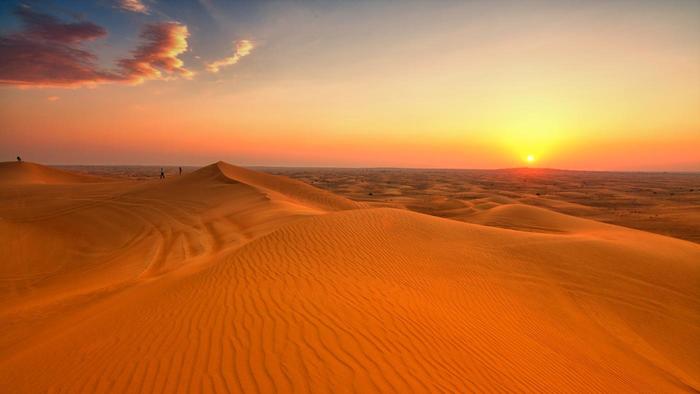Stamp: Riding in the desert (France 2019)
Riding in the desert (France 2019)
01 January (France ) within release MonTimbrEnLigne. National Geographic goes into circulation Stamp Riding in the desert face value Lettre No Face Value
| Stamp Riding in the desert in catalogues | |
|---|---|
| Colnect codes: | Col: FR-TIM 2019-352 |
Stamp is square format.
Also in the issue MonTimbrEnLigne. National Geographic:
- Stamp - Fox Cubs in colour face value Lettre;
- Stamp - Leopard 1 face value Lettre;
- Stamp - Leopard 2 face value Lettre;
- Stamp - Lioness face value Lettre;
- Stamp - Male Lion 1 in colour face value Lettre;
- Stamp - Male Lion 2 face value Lettre;
- Stamp - Meerkats face value Lettre;
- Stamp - Riding in the desert face value Lettre;
- Stamp - Tiger 2 face value Lettre;
- Stamp - Pont de Gard in black face value Lettre;
- Stamp - Woodpecker in black face value Prioritaire;
- Stamp - Leopard 2 in black face value Lettre;
- Stamp - Macaw 2 in black face value Lettre;
- Stamp - Turtle in black face value Lettre;
- Stamp - Zebra face value Lettr;
- Stamp - Bald Eagle (Haliaeetus leucocephalus) in black face value Lettre;
|
Data entry completed
46%
|
|
|---|---|
| Stamp Riding in the desert in digits | |
| Country: | France |
| Date: | 2019-01-01 |
| Emission: | Personalized - Official |
| Format: | Stamp |
| Face Value: | Lettre No Face Value |
Stamp Riding in the desert it reflects the thematic directions:
A desert is a landscape where little precipitation occurs and, consequently, living conditions create unique biomes and ecosystems. The lack of vegetation exposes the unprotected surface of the ground to denudation. About one-third of the land surface of the Earth is arid or semi-arid. This includes much of the polar regions, where little precipitation occurs, and which are sometimes called polar deserts or "cold deserts". Deserts can be classified by the amount of precipitation that falls, by the temperature that prevails, by the causes of desertification or by their geographical location.
A landscape is the visible features of an area of land, its landforms and how they integrate with natural or man-made features. A landscape includes the physical elements of geophysically defined landforms such as (ice-capped) mountains, hills, water bodies such as rivers, lakes, ponds and the sea, living elements of land cover including indigenous vegetation, human elements including different forms of land use, buildings and structures, and transitory elements such as lighting and weather conditions. Combining both their physical origins and the cultural overlay of human presence, often created over millennia, landscapes reflect a living synthesis of people and place that is vital to local and national identity. The character of a landscape helps define the self-image of the people who inhabit it and a sense of place that differentiates one region from other regions. It is the dynamic backdrop to people’s lives. Landscape can be as varied as farmland, a landscape park, or wilderness. The earth has a vast range of landscapes, including the icy landscapes of polar regions, mountainous landscapes, vast arid desert landscapes, islands and coastal landscapes, densely forested or wooded landscapes including past boreal forests and tropical rainforests, and agricultural landscapes of temperate and tropical regions.


